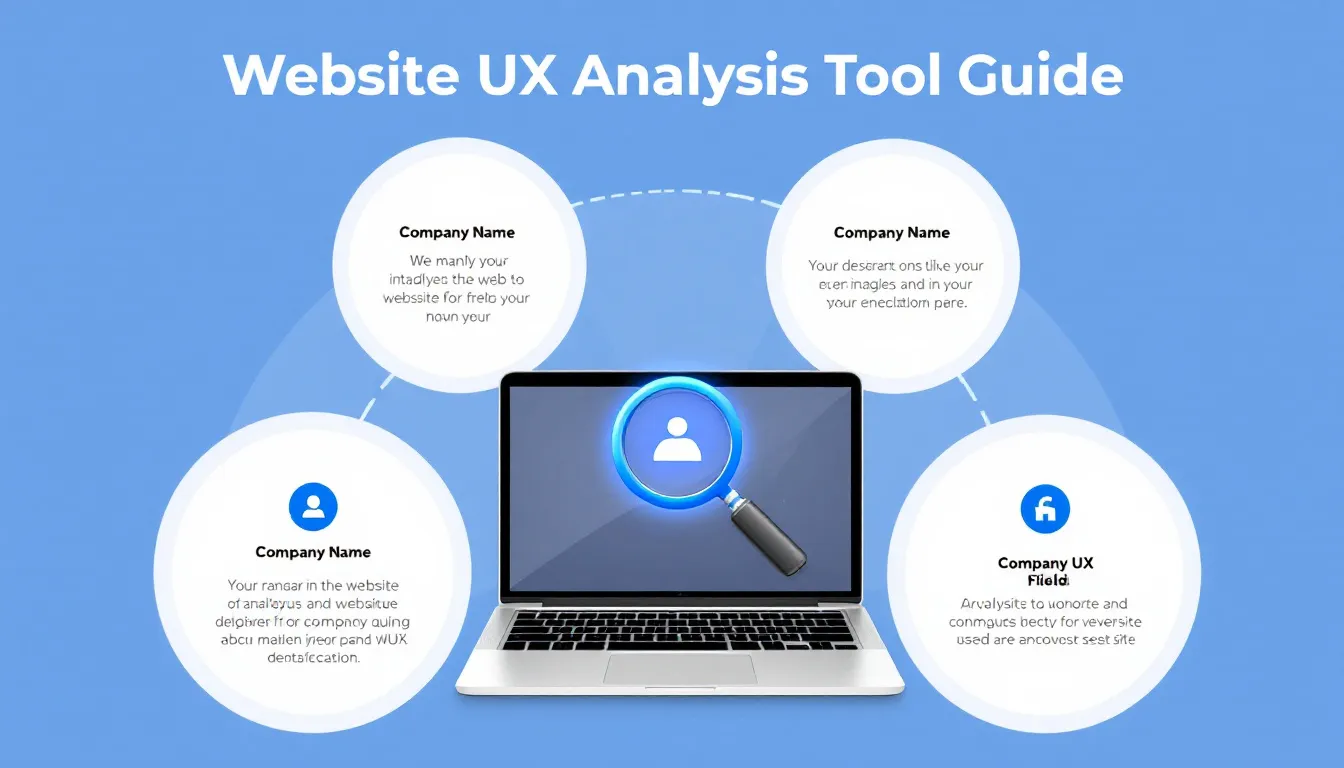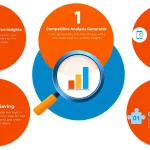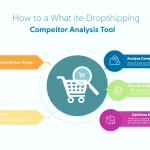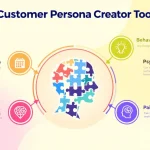Is this tool helpful?
How to Use the Website User Experience Analysis Tool Effectively
The Website User Experience Analysis Tool helps businesses evaluate their competitors’ online presence and identify opportunities for improvement. Here’s a detailed guide on using each field effectively:
1. Company Name
Enter your company’s official name. For example:
- TechVision Solutions Ltd.
- GreenLeaf Organic Markets
2. Industry or Business Sector
Specify your primary industry to ensure relevant competitive analysis:
- SaaS (Software as a Service)
- Retail Fashion
3. Main Competitors’ Websites
List your main competitors’ URLs, one per line. Include direct competitors within your market segment. Example entries:
- www.innovatetech.com
- www.techsolutions.net
- www.futureware.io
4. Products or Services
Detail your key offerings to enable precise comparison:
- Enterprise Resource Planning Software
- Custom Software Development
- IT Infrastructure Management
5. Target Audience
Define your ideal customer profile:
- Mid-sized manufacturing companies with 100-500 employees
- Financial institutions in North America
Understanding Website User Experience Analysis
Website user experience (UX) analysis is a systematic evaluation of how visitors interact with and perceive a website. This tool helps businesses benchmark their online presence against competitors and identify opportunities for improvement in design, functionality, and user engagement.
Key Components of Website UX Analysis
- Navigation Structure
- Visual Design Elements
- Content Organization
- Mobile Responsiveness
- Page Load Speed
- Call-to-Action Placement
Benefits of Using the Website UX Analysis Tool
1. Competitive Intelligence
Gain valuable insights into competitor strategies and market positioning through systematic analysis of their online presence.
2. User-Centric Improvements
Identify opportunities to enhance your website’s user experience based on industry best practices and competitor benchmarking.
3. Strategic Decision Making
Make informed decisions about website improvements backed by competitive analysis and industry standards.
4. Resource Optimization
Focus development efforts on areas that will provide the greatest competitive advantage and user satisfaction.
Practical Applications and Use Cases
Example 1: E-commerce Website Analysis
A specialty clothing retailer, Fashion Forward, used the tool to analyze competitors like StyleHub and TrendSetters. The analysis revealed:
- Product filtering capabilities
- Mobile shopping experience
- Checkout process optimization
- Customer review integration
Example 2: B2B Service Provider Analysis
A consulting firm, ConsultCo, evaluated competitors to improve their service presentation:
- Case study presentation formats
- Service package comparison tools
- Client testimonial displays
- Lead generation form placement
Solving Specific Business Challenges
1. User Navigation Issues
The tool helps identify best practices in menu structure, search functionality, and information architecture.
2. Conversion Rate Optimization
Analyze successful competitor strategies for:
- Call-to-action placement
- Form design and length
- Value proposition presentation
- Trust signal placement
3. Content Strategy Enhancement
Evaluate competitor content approaches for:
- Information hierarchy
- Content formatting
- Visual content integration
- Interactive elements
Frequently Asked Questions
How many competitors should I analyze?
For optimal results, analyze 3-5 direct competitors in your market segment. This provides sufficient data for meaningful comparison while remaining manageable.
What are the most important aspects to evaluate?
Focus on navigation structure, content organization, visual design, mobile responsiveness, and conversion optimization elements.
How often should I conduct competitor website analysis?
Conduct a comprehensive analysis quarterly or bi-annually, with monthly monitoring of major changes or updates.
Can I analyze international competitors?
Yes, analyzing international competitors can provide valuable insights into global best practices and innovative approaches.
Should I include indirect competitors?
Include indirect competitors if they have notable website features or user experience elements relevant to your business goals.
How do I prioritize improvements based on the analysis?
Focus on elements that directly impact user experience and conversion rates, prioritizing changes that align with your business objectives and resource availability.
What metrics should I track after implementing changes?
Monitor key performance indicators such as:
- Average time on site
- Bounce rate
- Conversion rate
- Page load time
- Mobile vs desktop usage
How can I measure the success of website improvements?
Implement A/B testing and user feedback collection to measure the impact of changes on user behavior and satisfaction.
Important Disclaimer
The calculations, results, and content provided by our tools are not guaranteed to be accurate, complete, or reliable. Users are responsible for verifying and interpreting the results. Our content and tools may contain errors, biases, or inconsistencies. We reserve the right to save inputs and outputs from our tools for the purposes of error debugging, bias identification, and performance improvement. External companies providing AI models used in our tools may also save and process data in accordance with their own policies. By using our tools, you consent to this data collection and processing. We reserve the right to limit the usage of our tools based on current usability factors. By using our tools, you acknowledge that you have read, understood, and agreed to this disclaimer. You accept the inherent risks and limitations associated with the use of our tools and services.







